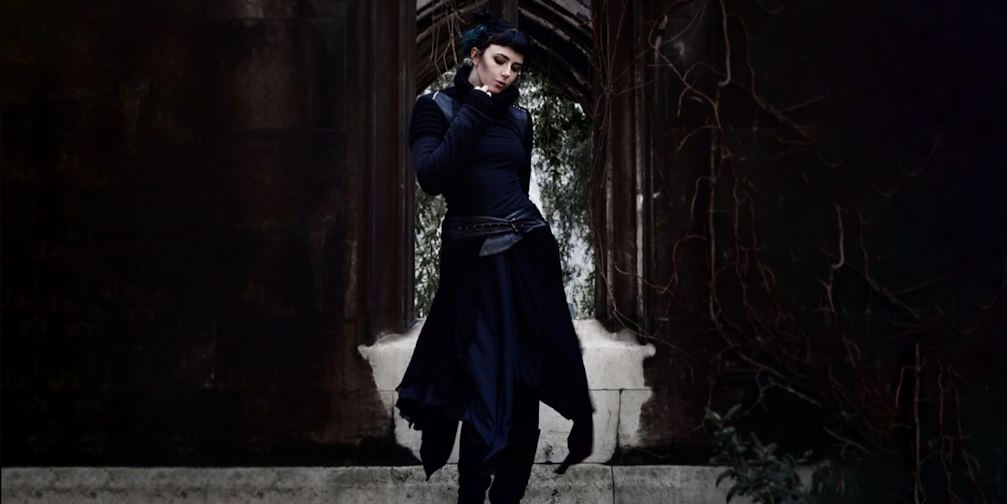In a world awash with color, the Goth subculture stands out for its preference for the shadows, expressed through a distinctive wardrobe dominated by black. But why does this community choose to dress in darkness?
Historical Origins
The origins of Goth fashion can be traced back to the late 1970s and early 1980s, emerging from the punk and post-punk music scenes in the United Kingdom. Influenced by bands like Siouxsie and the Banshees, Bauhaus, and The Cure, early Goths sought to express their dissatisfaction with mainstream culture and societal norms through their clothing and aesthetic choices.
With its associations with mourning, darkness, and macabre, Black became the color of choice for Goths as it perfectly encapsulated the subculture’s rejection of conventional beauty standards and embrace of the unconventional.
Psychological Significance
The preference for black in Goth fashion also has deep psychological underpinnings. Psychologically, black is often associated with mystery, introspection, and rebellion. It allows individuals to express their innermost thoughts and emotions without needing words.
For many Goths, wearing black is a form of armor that shields them from a world they perceive as hostile or unaccepting. It grants them a sense of empowerment and control over their identity and how they present themselves to society.

Cultural Symbolism
In addition to its historical and psychological significance, black holds cultural symbolism that resonates deeply with the Goth subculture. It represents nonconformity, individuality, and a rejection of mainstream consumerism. By embracing black attire, Goths signal their allegiance to a community that values creativity, self-expression, and authenticity over societal expectations of beauty and conformity.
Furthermore, black serves as a unifying force within the Goth subculture, fostering a sense of belonging and solidarity among its members. In a world that often marginalizes those who dare to be different, the color black becomes a symbol of resistance and defiance.
Modern Interpretations
While the roots of Goth fashion may lie in the post-punk era of the 1980s, its influence has permeated into modern culture, evolving and adapting to reflect contemporary tastes and sensibilities. Today, Goth fashion is not confined to black clothing but encompasses a diverse range of styles, including Victorian-inspired attire, cyberpunk aesthetics, and even haute couture elements.
Despite these variations, black remains a constant presence, serving as the foundation upon which Goth fashion is built. Whether worn head-to-toe or incorporated subtly into an outfit, black continues to hold sway over the hearts and minds of Goths worldwide, symbolizing their defiance of societal norms and unwavering commitment to self-expression.












